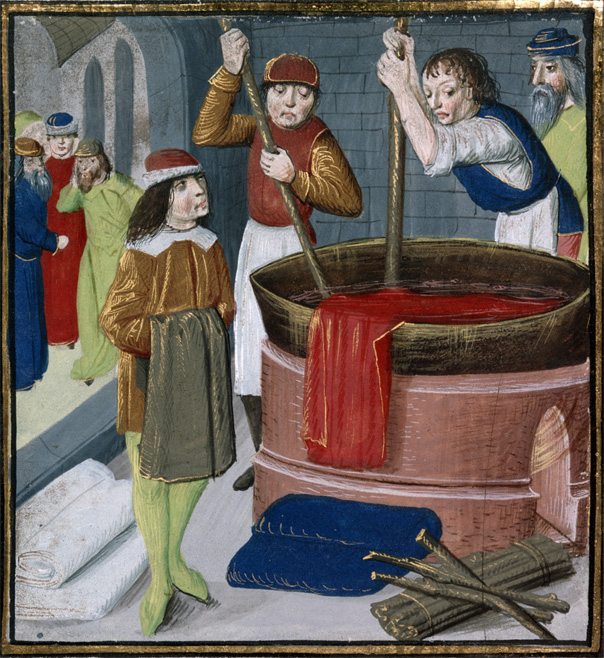
1284: The Countess and the weir
The West Country was becoming known for wool and woollen cloth. Fulling mills, shearing workshops, dyeing tubs and drying frames began to appear in Exeter. Cloth is heavy and the most economical way to transport it was by boat. Exeter was the obvious loading point, but the Courtenay family had other ideas.

In 1284, Countess Isabella de Fortibus claimed she needed power for her watermills, so she built a weir of stakes and thorns across the river, leaving a gap of just 9m for ships to sail through. The settlement of Countess Wear was named after this legendary incident.
Isabella’s kinsman Hugh de Courtenay blocked the river further, first by a second weir and then by great trees, timber and stone so even the smallest boat could not pass.